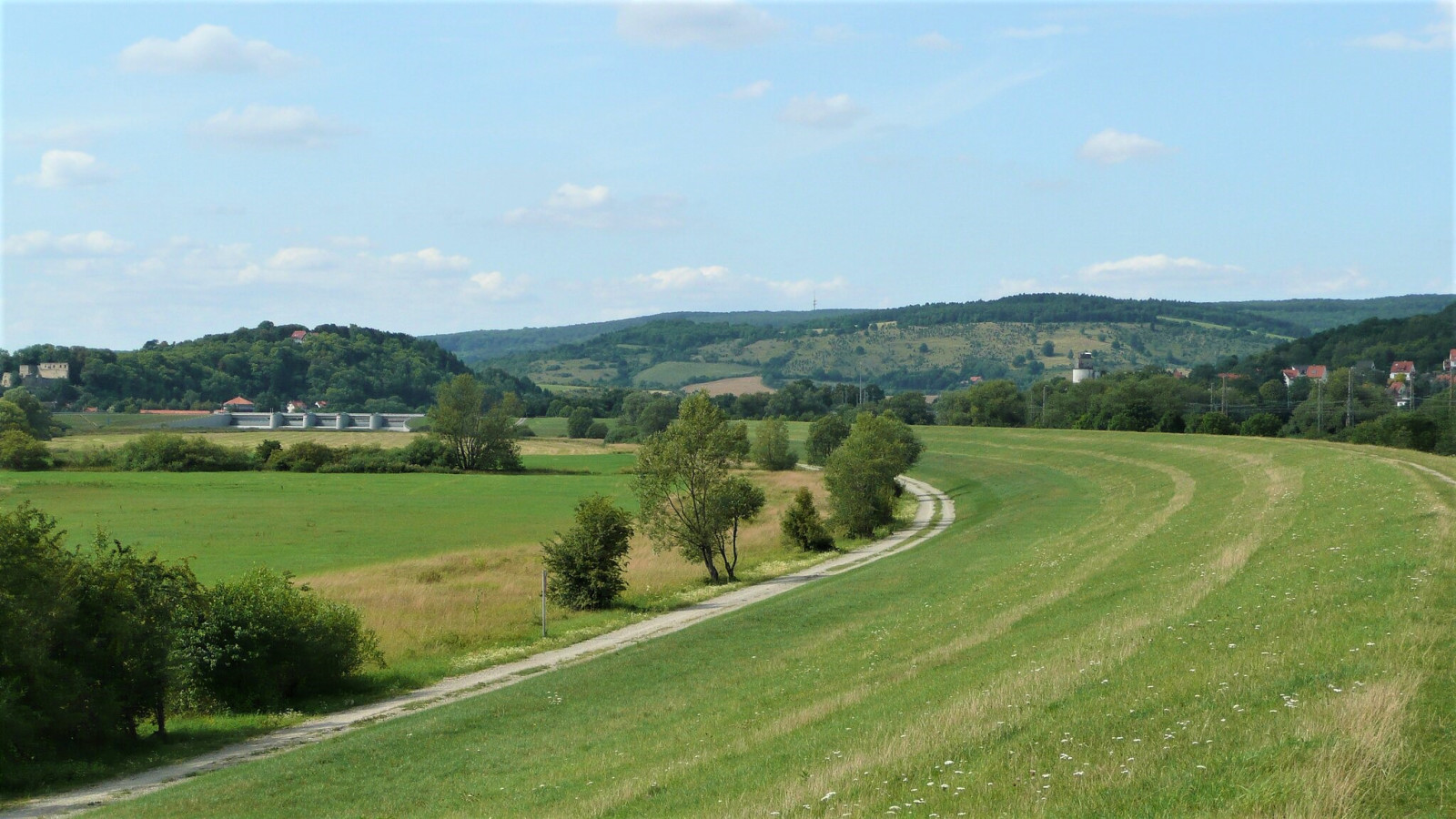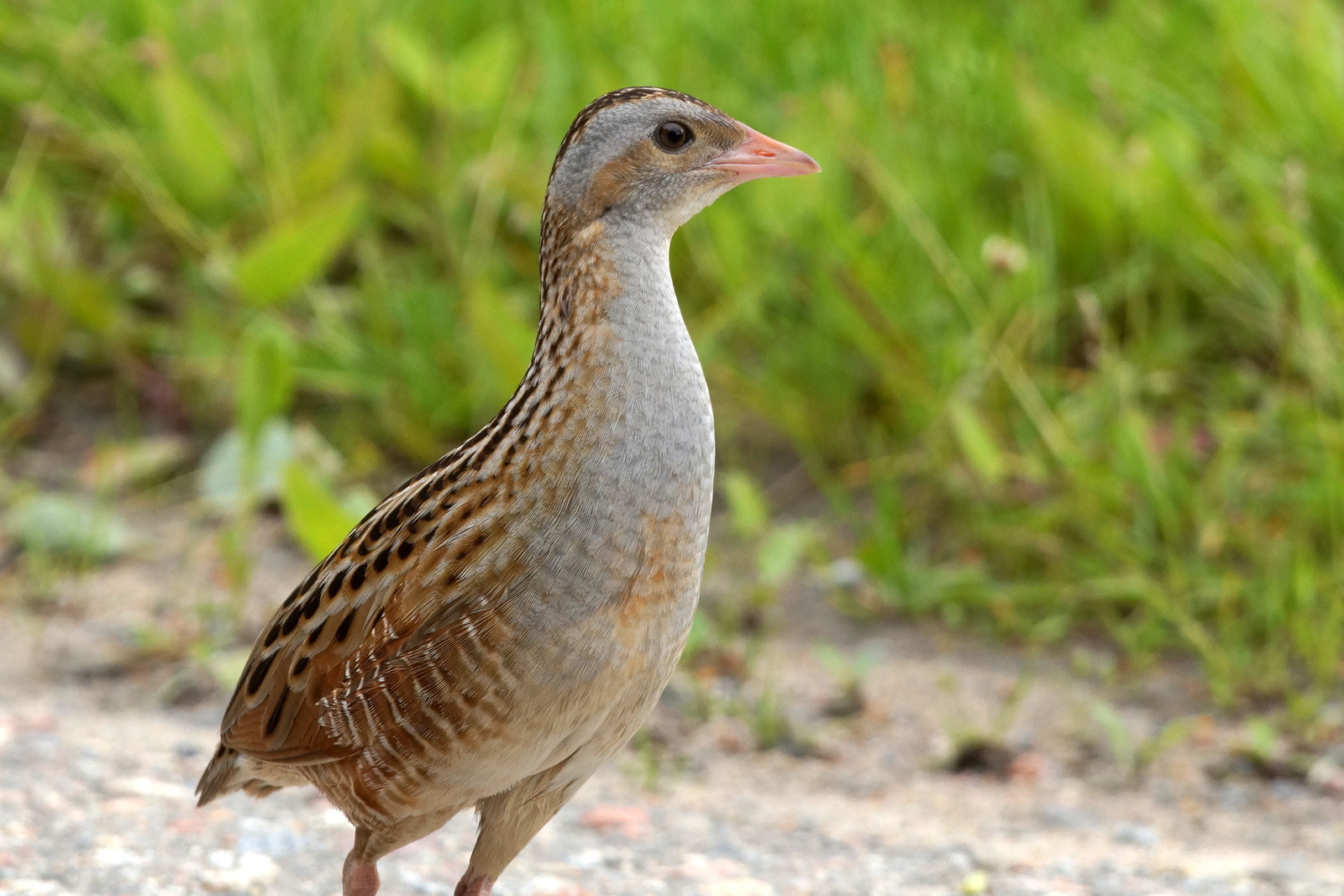Description
Leinepolder Salzderhalden (> 500ha) consists of a mixture of wet meadows, reedbeds scattered with bushes and trees. In winter and spring the area can get flooded resulting in a lage shallow lake attractive to waterfowl and migrating waders. March and April are best with large flocks of Eurasian Wigeon, Northern Shoveler and Common Teal among other waterfowl. Large flocks of Northern Lapwing often contain small numbers of European Golden Plover . Common Crane usually is present, with single birds still around in May. Migration of waders in March - May can be interesting. Regular visitors are Ruff , Common Greenshank , Common Redshank (in small numbers), Green Sandpiper , Wood Sandpiper and Spotted Redshank but several rarities such as Broad-billed Sandpiper , Sociable Lapwing or Collared Pratincole have paid this site a visit.
Breeding birds are for example Bluethroat , Sedge Warbler , Grasshopper Warbler or Savi's Warbler. All European Rails and Crakes have used the area for breeding, though only Water Rail and Corn Crake turn up yearly.
Autumn migration usually is quieter due to the lack of water.
In winter, large flocks of Geese (usually Greylag Goose , Tundra Bean Goose , Greater White-fronted Goose ) are around. Here, the chances are best for finding Rough-legged Buzzard , that occasionally stay a few days or weeks.
Details
Access
The area can be reached by car via A7. Exit "Northeim Nord", drive towards Einbeck and turn left after 600m. At the end of the road turn right towards Einbeck and then right onto L 572 again at the next crossing. Drive through Stöckheim and Drüber.
Terrain and Habitat
Wetland , Reedbeds , GrasslandConditions
Flat , Open landscapeCircular trail
NoIs a telescope useful?
YesGood birding season
All year roundBest time to visit
Spring , Winter , SummerRoute
Unpaved roadDifficulty walking trail
EasyAccessible by
Bicycle , Foot , CarBirdwatching hide / platform
YesExtra info
The area can be crowded with birds or deserted. The abundence of birds is highly influenced of the water levels. Periods with lots of precipitation are required to create the high water situations that are necessary to flood the area. Therefore spring usually offers best conditions.
Links
- Naturerlebnis Leinepolder
- Leinepolder Salzderhelden, Geschiebesperre Hollenstedt und Northeimer Kiesteiche




